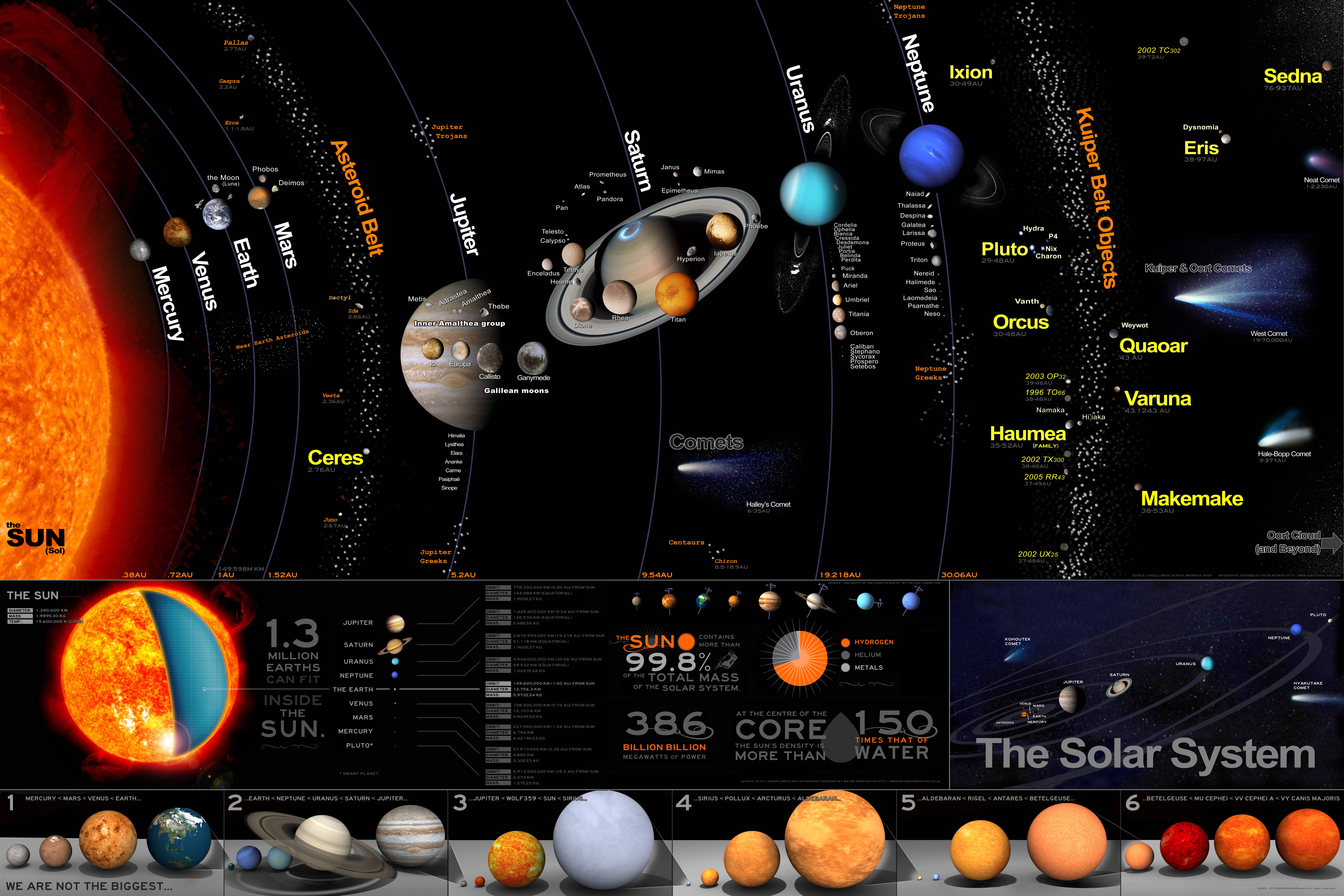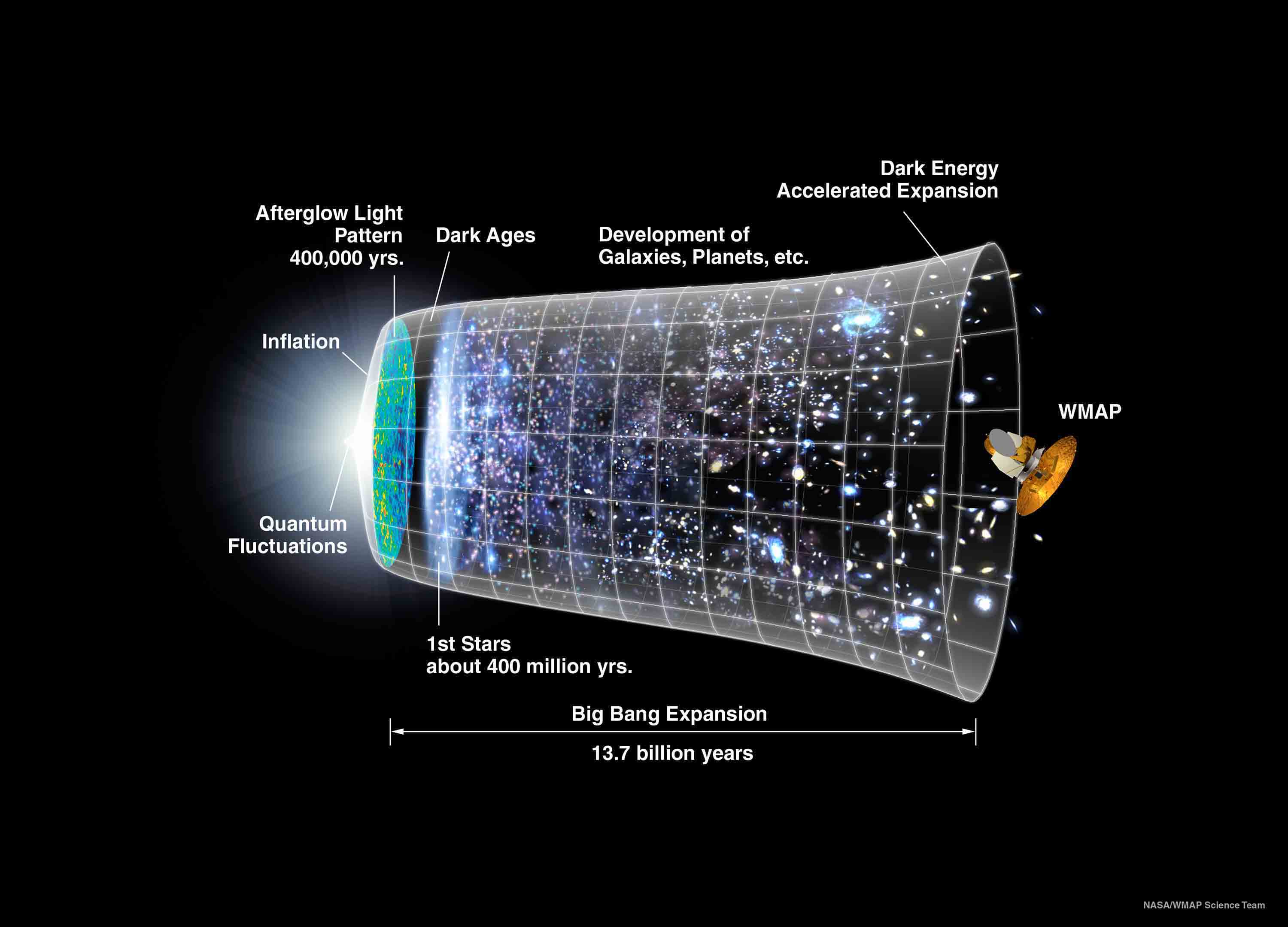Chapter Two: Welcome To The Solar System
The Facts:
- Pluto, our ex-9th planet has the largest moon in the Solar System
- Pluto was the first American discovered planet
- Beyond Pluto lies the Kuiper belt which contains the famous Halley's comet.
- Pluto is .25% the size of Earth and has a highly irregular orbit compared to the planets of our Solar System, it is at times closer to Earth than Neptune
- 1 AU(Astonomical Unit) is equal to the distance from the Sun to the Earth.
- 1 AU = 1.58128451 × 10-5 light year = 149,597,871 kilometers
- The average distance between stars is 30 million million kilometers
- Pluto was considered a planet in 1999 and dismissed as a planet in 2006
Summary:
The Solar System and surrounding larger bodies are not always being watched. Scientists study sections of interest while amateurs attempt to catch a glimpse of nearby celestial bodies that their telescopes can manage to capture. In the early 1920s an astronomer named Percival Lowell was attempting to discover a mystery "Planet X" beyond Neptune that was a gas giant larger than Jupiter. He died in his attempt to find the giant, but 13 years later Clyde Tombaugh discovered Pluto.
Space is immense and our solar system is but 1 trillionth of its entirety. We launched the Voyager space crafts in August and September of 1977 and they are now traveling 56,000 kilometers an hour via sling shots of gravity from a special alignment that occurs once every 175 years between our gassy giants(Jupiter, Saturn, Uranus, and Neptune). If we were to represent the true scale of our solar system with Earth the size of a pea, Jupiter would be 300 meters away and Pluto would be 2.5 Kilometers. Our nearest star Proxima Centauri would be 16,000 kilometers away. Beyond our planets and the dwarf planet Pluto lies the Kuiper belt and beyond that is the Oort cloud that stretches 2 light years outward.
Frank Drake devised an equation to determine the chances of advanced life in the Cosmos. Under even the most conservative inputs the number of advanced civilizations within just the Milky Way was calculated to be in the millions. The average distance between these civilizations was calculated to be at least 200 light years away.


